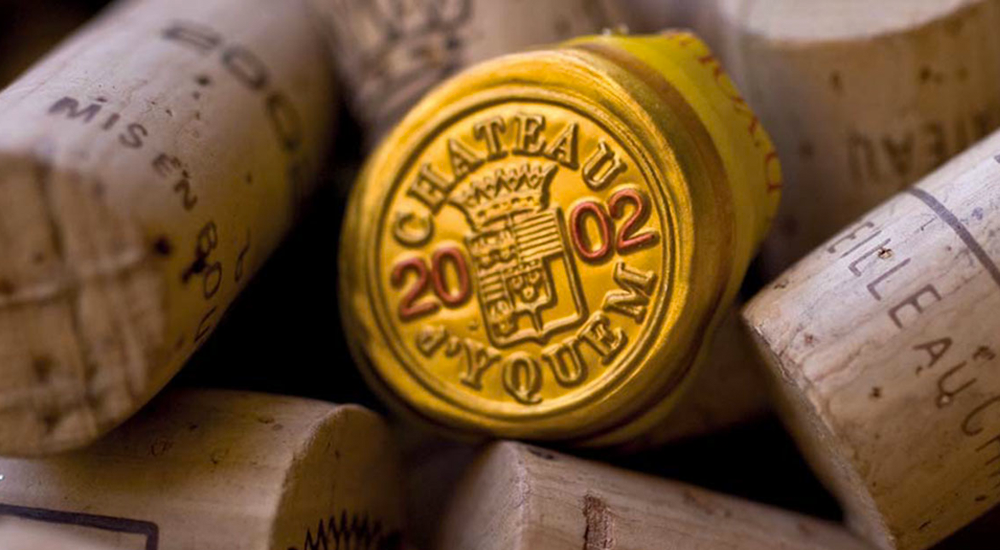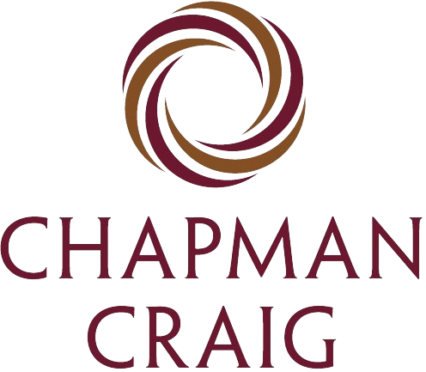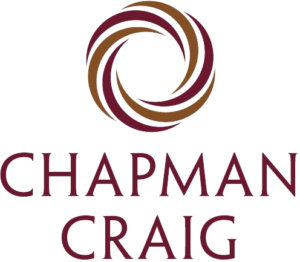
The Liv-ex 100 index, which is the leading benchmark for the vintage wine market, rose by 2.2% in October and 19% to the end of October. It is now back to its pre-2011 level. Overall every wine region is showing solid price increases with Burgundy, Champagne, Italy and Rhône performing the best.
Burgundy continues its steady ascent towards new highs as recent low yielding vintages coupled with continuous high demand continue to push prices higher.
The top white Burgundy wines are stepping into the limelight. According to Liv-ex, the amount of white Burgundies traded has increased by more than a 1,000% over the past ten years. Domaine Leflaive, Coche Dury, D’Auvenay are just a few names which make Chardonnay lovers dream. Traditionally, the UK and US markets have driven demand but the Asian market, particularly Hong Kong, is showing some interest in this golden libation.
Among Bordeaux first growths, Chateau Lafite Rothschild is again very popular, commanding seven of the top ten searches on Liv-ex so far this year, as well as being the most expensive. Paradoxically, when it comes to highest average scores, Chateau Haut Brion takes top rank . Again according to Liv-ex, the average price for a case of Lafite is £7,000 compared to £5,000 for the other four estates. The Lafite brand is appealing to many more consumers than ever.
Growing diversity best describes the fine wine market in 2021. More wines from a larger pool of regions are trading than ever before, giving investors and wine lovers even more opportunities and choices.
Auction World
Following in the footsteps of a world record breaking September auction in Hong Kong, Burgundy wines were the stars of Acker’s latest auction on November 8th. Domaine de la Romanee Conti (DRC) wines led the pack, with one lot of 3 bottles of Romanee Conti 1999 selling for US$ 96,387, followed closely by wines from Domaine Leroy and by the great master of white Burgundy, Domaine Leflaive. According to John Kapon, Chairman of Acker Wines, the appetite for outstanding wines continue to grow not only for Burgundy wines but for a large range of collectible bottles.
The November auction in Hong Kong realised sales of US$5.8 million.
Sotheby’s two day sale in Hong Kong last month saw 100% of the lots sold for a total amount of US$ 12.6 million. An average of 75% of the wines were sold above their high estimates as 2021 is set to be a record breaking year for Sotheby’s in Asia. Christie’s will hold its annual Fall auction in Hong Kong starting on November 25th with an impressive selection of great vintages from Domaine Leroy and Armand Rousseau, Chateau Petrus and Romanee Conti.
France harvest 2021: A Winegrower Vintage
2021 will be remembered not only as one of the smallest crops since 1977 but also as an extremely complicated vintage to produce. Every wine region in France was affected. A combination of spring frost, mildew, constant rain in June and a cool month of July led to low yields. The growing season was unusually time consuming as wine growers had to keep going back to the vineyard to check and treat the vines. This year will probably also be remembered as a costly vintage to produce due to the amount of treatments necessary to keep a very small crop healthy.
2021 is a technical vintage which will require lots of finesse to attain high quality. The saving grace of the vintage was the late summer ripening (mostly September) which allowed the more fortunate estates to produce good to excellent quality wines. In Bordeaux, producers are praising the vintage as offering great balance between acidity and alcohol, with excellent merlot grapes and well-ripened cabernet. It is certain that 2021 will produce less alcoholic wines in contrast to the past three years and many wine professionals are looking forward to tasting these more classic Burgundies and Bordeaux.
Focus on Spain. The renaissance of a great wine-growing country
For many, Spanish wines are synonymous with affordable, mass produced Rioja reds. Although, this might still be the case, the wine scene has changed dramatically over the past two decades. Quality driven winemakers in Rioja and in Ribera del Duero, such as Peter Sisseck, Carlos Lopez de Lacalle, Benjamin Romeo and Telmo Rodrigues, have created new wines going back to more terroir-focused production making better use of local, indigenous grapes. This renaissance of the traditional Rioja and Ribera del Duero is paving the way for other wine regions to emerge. Priorat, Toro and Bierzo are now producing much sought after wines of very high quality. Clos Erasmus, Clos Mogador, Descendientes and Bodegas Numanthia (LVMH group) are just a few of the top producer names in these newly discovered regions. Many of Spain’s new wines are made in small quantities, fetching high prices and are slowly becoming investment grade. More than ever, Spain offers great quality wines at affordable prices.
Click here for download version






Recent Comments